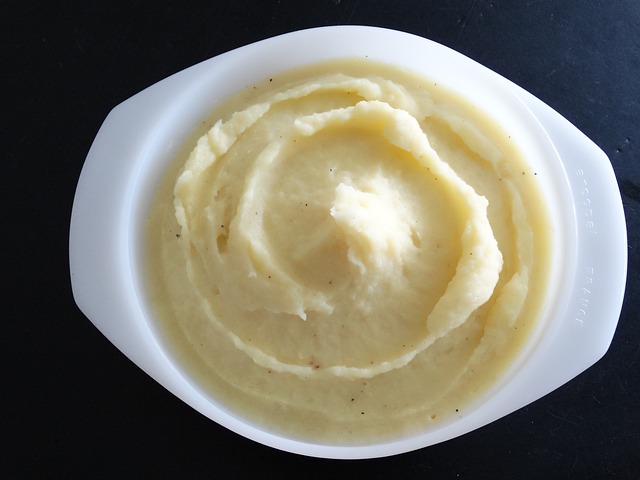Flavorful, nutritious, and sustainable: Sea vegetables are having a moment. Here’s how kelp and its cousins can benefit your health and your taste buds.
 |
| The Benefits of alga and Why you ought to Be intake a lot of of It |
Ride the wave
While alga has long been a staple of the many Asian diets—particularly in Japanese cuisine—it’s occurrence on a lot of U.S. restaurant menus, in packaged foods, and in home kitchens. What gives? Carolyn Brown, a registered dietitian at Foodtrainers in New York City, says: “Seaweed is low-calorie, crunchy, salty, and super nutritious. The fact that it’s plant-based and high in protein makes it on-trend, too.” And thanks to online sources, seaweed is also easier to find than ever.Nutrition notes
Brown says, “Seaweed is a vitamin and mineral jackpot, full of vitamins A and E, B vitamins, calcium, magnesium, potassium, copper, iron, and iodine.” It also contains omega-3s and polyphenols, and could be a sensible supply of supermolecule and fiber.Common kinds
While there are more than 100 types of edible seaweed, these are the varieties you’ll see the most often.Nori
Think of this as the gateway seaweed. It shows up on sushi rolls and in sheets as “seaweed snacks.”Kelp
Also known as kombu, kelp is the primary ingredient in dashi, a Japanese stock that forms the base of miso soup. Kelp powder can be added to smoothies, and kelp noodles are a staple in Korean cuisine.Wakame
This is the main component of most seaweed salads and the wide, slippery seaweed found in miso soup.Dulse
Usually sold dried, dulse comes whole, flaked, or powdered. Some people say it tastes like bacon when fried. We’ll let you be the judge of that.3 Ways to Eat It (Besides Sushi)
From executive chef Jeremy Rock Smith of the Kripalu Center for Yoga & Health and author of Kripalu Kitchen with David Joachim1. Add kombu when preparing dried beans. The seaweed helps break down the sugars in beans that cause gas.
2. Sneak kelp into slaws for great depth of flavor.
3. Shake store-bought furikake—a topping that includes sesame seeds and nori—onto
popcorn, roasted veggies, cooked fish, or omelets.
Where (and How) to Buy
Nori sheets in the form of seaweed snacks are ubiquitous these days. Look for other varieties online and at Asian supermarkets, natural-food stores, and better-stocked grocery stores. Most seaweed is sold dried and consumed that way or reconstituted in warm water.Some alga, like kelp, is additionally accessible frozen, which suggests it doesn’t ought to be reconstituted.







1 Comments
Live with greater awareness
ReplyDeleteThe mind is constantly involved in various activities and thoughts, oscillating between the past and the future; only a few moments manages to remain in the only
moment that exists: the present. Being aware of this natural tendency of the mind is the first step in reversing it. And yoga and pranayamas, through conscious
breathing, help bring the mind to the present moment, which brings a greater state of alertness and concentration.